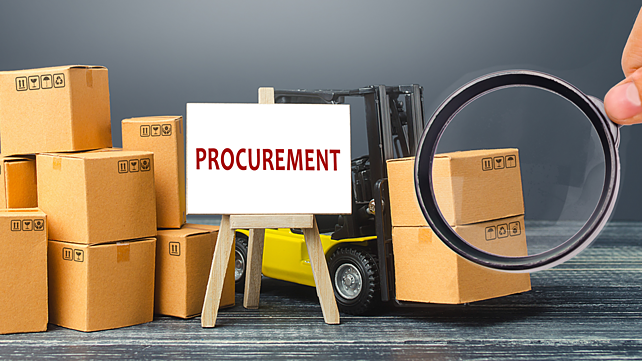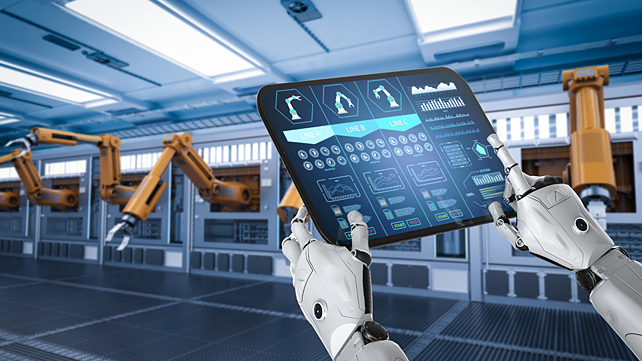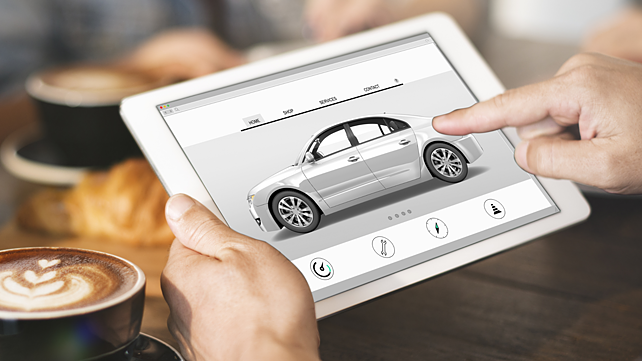
In the last two decades, the automotive industry has emerged as a force to be reckoned with, propelling the economy's growth narrative with enthusiasm and vigour. However, an elevated position in the Indian economy doesn't lend immunity to this sector.
A series of unfortunate events, from waning commercial vehicle sales, hardening insurance prices, fragmented access to credit, strict emission standards, plummeting demand, and the gut-punch of the pandemic, have hamstrung the industry since 2018.
However, the sector boasts massive reserves of resilience powered by a prodigious force of 3.7 crore workers, which is expected to expand to 6.5 crore workers by 2026 as per the vision of the National Automotive Mission Plan 2016-2026. According to RBI figures, the industry contributes a significant 10-12% of the GVA of the manufacturing sector, underlining its importance to the economy.
The automotive industry's famed resilience is being tested again as industry titans have their hands full with a crippling semiconductor shortage, commodity inflation pressures, and vendor troubles. Add to these troubled waters the imminent evolution of the automotive sector towards smart mobility and the rapid adoption of electric vehicles.
Amidst these variables, C-suite executives, especially the Chief Procurement Officer (CPO), have had to bring order to the performance of supply chains & optimise them to better take on the challenges of the post-pandemic age. The burden of executing a successful transition to an evolved supply chain is continuous. Unless the CPO and the managerial leadership of the firm resolutely eliminate these problems, they will continue to disrupt seamless productivity on the factory floor and affect growth and profits.

Let's deep dive into the long docket of goals and objectives that automotive firms' CPOs aim to carve out an intelligent, agile, and future-ready unit.
1. Building Resiliency in Supply Chains, Procurement, and Manufacturing
A Mckinsey study stated that industries across the spectrum are likely to suffer supply-chain disruptions, which could occur every 3.7 years. These disruptions, the study cautioned, can last as long as a month. Regular disruptions will reflect poorly on the quarterly earnings reports, intensify the debt profile, raise the interest burden, erode the working capital, and consequently damage the health of the bottom line. To avoid these loops, a CPO now needs an anti-fragile supply and value chain that can embrace and adapt to the demand of supply chain flexibility.
With uber-connected supply and logistics chains, companies can calibrate their production to meet consumer demand. In a far less ideal world, the CPO has to contend with frequent unanticipated disruptions, the pandemic freeze, the post-pandemic eruption of pent-up demand, or geopolitical tensions.
It is easy to see why companies insist on supply chain visibility from the factory gate to the market. This visibility requires a clear-eyed assessment of the current and future market demand to root out wasteful and extravagant cost subheads. It helps tame the bullwhip effect witnessed often enough in even relatively stable supply chains. Conventionally, companies have relied on annual consumption patterns to estimate demand without real-time assessing customer needs from ground zero. With end-to-end visibility, such opaque decision-making can be altered permanently, allowing companies to strategise better utilisation of input goods and replenish stocks at the distributor and supplier levels.
2. Building Data and Digital Capabilities in The Value Chain
Digitalisation took the front seat in the wake of the first lockdown. CPOs across the automotive industry had to think on their feet and ensure that their stalled supply chain remained visible and traceable across the value chain. Hence, the added impetus to bring robust digital capabilities into the mix. The quality of meta-data from the journey and backhauls is often manipulated, distorted, tampered with and unreliable.

The urgent need for the automotive sector is to dramatically improve the quality of data collected from manufacturing operations spread across different geographies and logistical functions. Data collation alone is inconsequential unless distortions are screened out and actionable insights using real-time analytics, AI, and machine learning capabilities are meaningfully extracted. The right approach to digitalisation includes the extended vendor network to avoid silos of data collection and visibility down to the last mile.
3. Using Data for Seamless Physical-Digital Integration
Large automotive companies often source components for distributed manufacturing plants. Procurement data reveals no seamless interconnectivity in indirect material sourcing across plants leading to unintended cost disparities. A good deal struck by one plant manager in securing input materials at economical costs can easily be offset by another plant sourcing goods at inflated prices. Without digitalisation, plants operate in near-silos unconnected and unanchored to the nucleus of the boardroom and without real-time monitoring and effective decision-making.

A smarter data-intelligent business helps automotive firms eliminate price variations across plants while improving plant visibility and tracking real-time orders. It also sets up evolved ERP planning as a norm across the value chain universe of the automotive firm. High-quality data collected from vendors, OEMs, and suppliers deliver actionable insights to large firms. They can zero in on problem areas, identify troubling patterns and resolve them quickly. A sizeable automotive firm with a wide array of vendors can also opt to create a P2P platform or buyer's portal, enabling those at the top to monitor the company's everyday procurement transactions.
The Final Word
Automotive firms were dealt a tough hand during the pandemic, and the more agile among them have responded by initiating a paradigm-changing transformation in the supply chain. This has helped them prepare for a new normal of disruptions and ensure that their top and bottom lines are hedged against unforeseen (and unimaginable) disruptions.
Setting aside the threat of disruptions, elevating businesses to achieve holistic data intelligence has yielded impactful results, such as improved supply risk management, robust savings on outlays, inventory reduction, and a dramatic fall in supply line choke-ups. Considering that all these capabilities and more are available to firms at highly competitive rates, it is up to automotive firms now to be willing to evolve to the next evolutionary stage of deeply embedded digitalisation.
About the Author: Rupesh Kharbanda is a Senior Director (Enterprise Solutions) at Moglix.